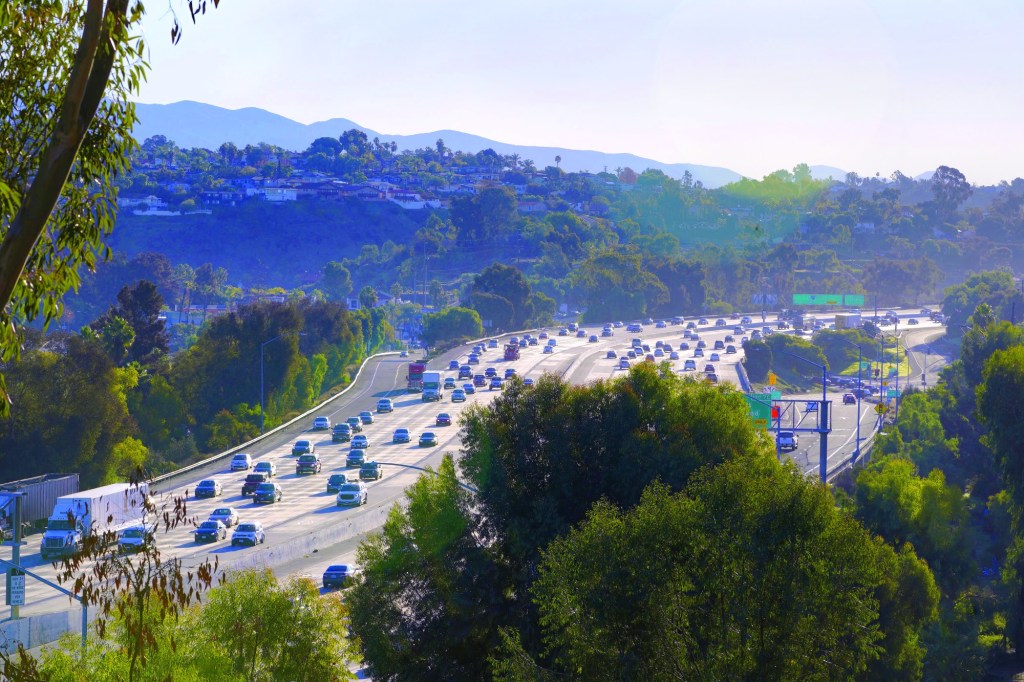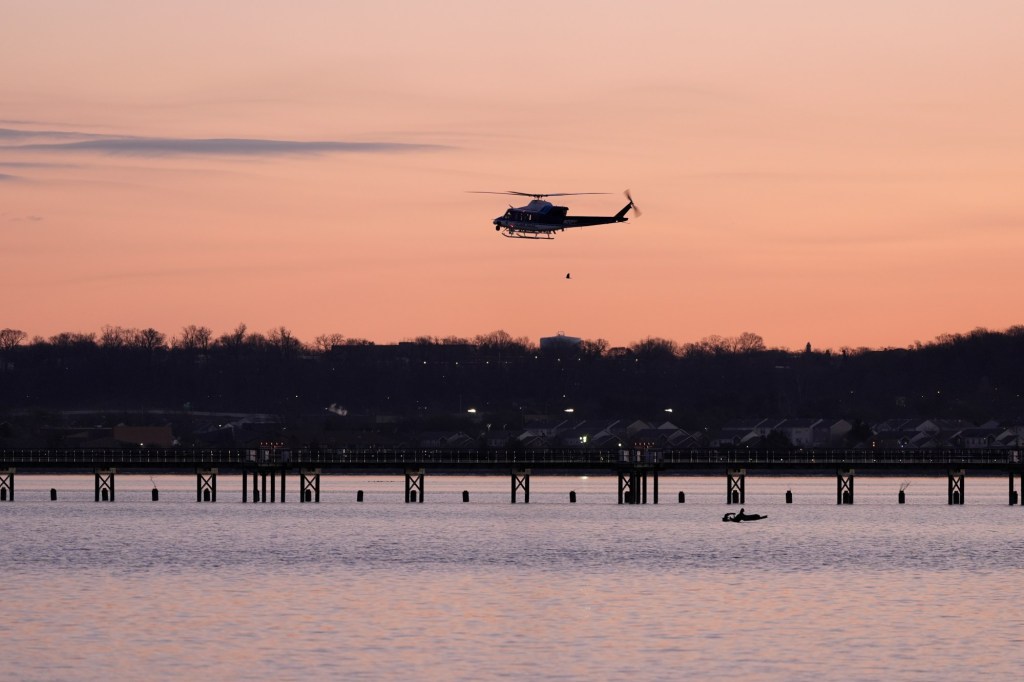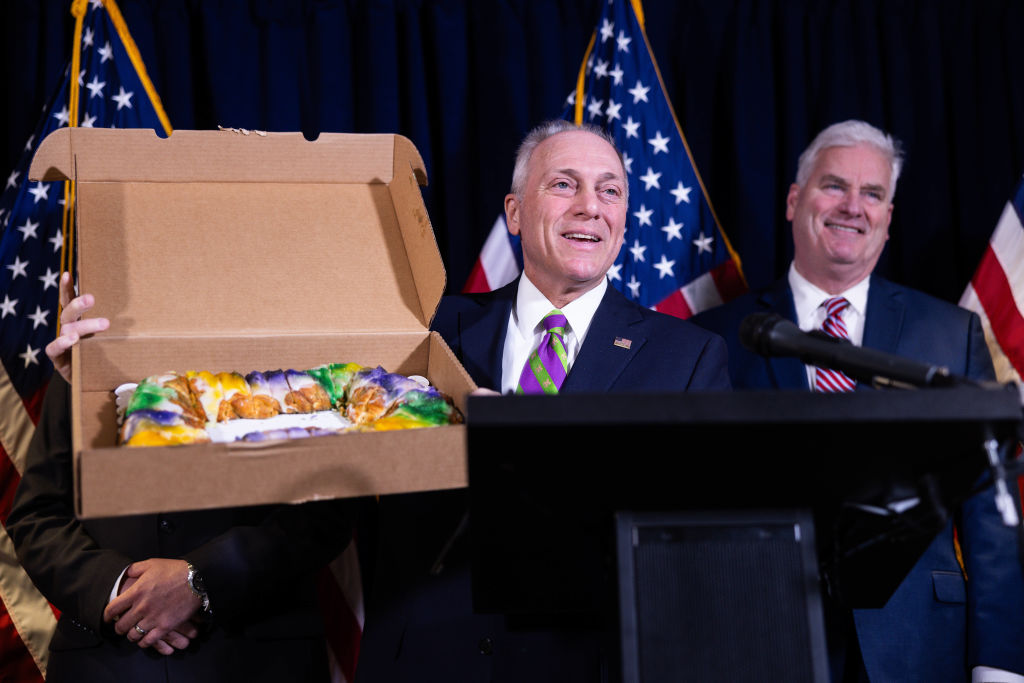For decades, homes couldn’t be built in this area of Chula Vista. The solution? Cede it to San Diego. – San Diego Union-Tribune

San Diego and Chula Vista are working together to help solve the region’s housing crisis by agreeing to a land swap that will allow construction of a 215-home neighborhood on undeveloped land zoned for agriculture.
The 24-acre property just east of Interstate 805 is one of three large pieces of underused land that the region’s two most populous cities have agreed to swap when the right opportunity arises.
The property, which many say is ideal for housing, has been vacant for decades because although it’s located within Chula Vista’s city boundaries, its only road access is from the city of San Diego.
Many layers of bureaucracy must be navigated for a developer to get approval for 215 homes from two different cities, get both cities to agree to a land swap and then get county annexation officials to approve that land swap.
When open land was plentiful in San Diego, no developer would seriously pursue such a thing. But more recently, with land scarce and easy-to-develop parcels mostly gone, Tri Pointe Homes did and is nearing the finish line.
The Chula Vista City Council approved the project Dec. 3. The San Diego City Council approved it Feb. 3. And a property tax sharing agreement has been approved by both cities, most recently by San Diego this week.
The only approval remaining to be secured is from annexation officials on the county’s Local Agency Formation Commission. The developer and city officials say they expect that approval to come this summer or fall.
While Chula Vista and San Diego are being praised for cooperating to help build more homes, the deal also makes financial sense for both cities.
Because the property is located on the southern edge of the Otay River and what officials hope will become the Otay Valley Regional Park, there is essentially no way to build roads that would allow access from Chula Vista.
If Chula Vista allowed construction of the 215-home neighborhood and kept the land within its city limits, it would need to contract with San Diego to provide police and fire services.
An analysis by a consultant found that Chula Vista would have made money during the first year of the project and then lost money for 18 consecutive years, leading to an overall loss.
“It would be very difficult for our police and fire to manage this,” Chula Vista Mayor John McCann said when the City Council approved the project in December.
In addition, city officials said Chula Vista would have to rely primarily on property taxes to cover the expenses that come with a new neighborhood.
That’s because residents of the new neighborhood would be unlikely to shop and pay sales tax in Chula Vista, since the only access to the neighborhood is from Dennery Road in San Diego, making shopping in San Diego more convenient.
Two separate studies analyzing the financial impact on San Diego found that if the neighborhood were annexed into the city, enough tax revenue would be generated to pay for the costs. One study said San Diego would have a net annual surplus of $6,000, while the other estimated $24,000.
The property tax agreement says Chula Vista will continue to collect that revenue until LAFCO approves the annexation. San Diego would then start collecting it.
Rob Hixson, chair of the Otay Mesa Community Planning Group in San Diego, said the agreement between the two cities is a great example of local officials working together to tackle the region’s housing shortage.
Hixson said some of the homes in the new neighborhood will have spectacular views of remarkable open space to the north where officials from both cities have been planning the Otay Valley Regional Park.
“It’s a great spot for housing,” Hixson said this week.
San Diego Councilmember Vivian Moreno praised the project, which Tri Pointe is calling the Nakano project, for providing trail connectors to the planned regional park.
The park is envisioned as a 13-mile linear park extending along the Otay River from the salt flats of San Diego Bay on the west side to both upper and lower Otay Lake on the east side.
The vision for the park goes back to at least 1990, when San Diego and Chula Vista signed a joint exercise power agreement promising to acquire and preserve the land when possible.
That agreement also discussed the possibility of the two cities swapping land when it made sense, either to bolster the park or for other reasons. The two cities have also signed several letters of intent and memorandums of understanding regarding the park and possible annexations.
The Nakano project’s 24-acre site is mentioned as a possible area to be annexed from Chula Vista into San Diego.
Two other parcels, both larger, are also mentioned as annexation candidates.
They are the Ranchero Rios property, vacant land directly west of the Nakano project on the other side of I-805, and the West Fairfield property, a sparsely developed industrial area sandwiched between Interstate 5 and the salt flats that extends from Palomar Street to Main Street.
City officials provided no information about development proposals for those two properties. Both are within the city of San Diego and could be annexed into Chula Vista.
The Nakano project is slated to include 61 fully detached condominiums, 84 duplexes and 70 townhomes. None of the buildings would be higher than three stories.
Of the 215 units, 22 would be subsidized with rent restrictions for low-income tenants. The subsidized units would be built on-site, which city officials praised, but they would be clustered together instead of spread throughout the neighborhood.
The project would destroy some vernal pools and other environmentally sensitive habitat. The developer agreed to mitigate that damage by creating more vernal pools at a site in nearby Spring Canyon.
Chula Vista Councilmember Jose Preciado called the project a great example of two cities working together to serve the best interests of the region.
McCann said it was also nice to achieve a goal first discussed 35 years ago.
“This has been on the agenda since 1990,” he said. “It would be good to finish this piece.”
Originally Published:





